On October 15, 1923, Italo Calvino was born. Today, one hundred years later, the Labirinto della Masone in Fontanellato pays tribute to the great writer with an exhibition that recounts his relationship with Franco Maria Ricci, publisher, founder of the Labirinto. Crossed Fates. Italo Calvino and Franco Maria Ricci is the exhibition curated by Pietro Mercogliano and Cesare Dal Pane and mounted by Maddalena Casalis: an exhibition that, until January 7, 2024, traces and investigates the working and personal relationship between Ricci and Calvino.
In the library of the Labyrinth of the Masone, which takes its very name as the Calvino Room, testifying to the friendship and esteem that linked the two protagonists, the exhibition is composed of the works that saw them collaborate over the years: from the covers of books and magazines, to the original typescripts of works signed by Italo Calvino. Alongside these are autograph letters, videos, photographs and documents that testify to the deep personal bond that united Ricci and Calvino over more than two decades of friendship. A prelude to the exhibition is the Hall of the Codex Seraphinianus, to which Calvino dedicated an article in the first issue of FMR magazine, which later appeared as an introduction to Ricci’s second edition of the Codex Seraphinianus, the 1992 edition.
It was 1969 when Franco Maria Ricci first published Italo Calvino’s The Castle of Crossed Fates in the valuable volume Tarot. The Visconti Deck of Bergamo and New York, featured in the exhibition in its first edition. In the endnote to the Einaudi volume, which came out a few years later with the addition of the second part, La taverna dei destini incrociati (of which a copy with Calvino’s autograph dedication to Ricci is also on display), it is Calvino himself who declares that it was the Parma publisher who convinced him to proceed with the publishing initiative, which he had almost given up on.
From that time on, publisher and writer continued to collaborate under the banner of the encounter between the word and the figurative, fundamental motifs of both careers. Ricci published other texts by Calvino: some appeared only in the FMR magazine, such as the transcript of a lecture given by the writer on the occasion of an exhibition on Giorgio De Chirico at the Centre Pompidou in Paris, or the short story Sapore Sapere, which would later be republished posthumously in the collection Sotto il sole giaguaro. Others found space both in the magazine and in a volume, such as the piece dedicated to Luigi Serafini’s fantastic encyclopedia, Codex Seraphinianus, which opens the exhibition in the dedicated room of the Labirinto della Masone, or the text Il silenzio e le città (Silence and Cities), published with paintings by the nineteenth-century Florentine painter Fabio Borbottoni accompanying it. Four wonderful pieces of limpid ecphrastic prose accompany the large canvases of painter Domenico Gnoli, in the volume of the series “The Signs of Man” dedicated to his work. Of the piece on Borbottoni and the one on Gnoli, the original typescripts signed by the author are displayed along with the first volume editions.
The relationship was not only working, but also personal, of great mutual esteem and affection: the more than twenty years of their friendship are in fact narrated in the exhibition by letters, handwritten or typewritten, all signed and exhibited in original, such as those from Calvino to Ricci and to Giovanni Mariotti (a historical collaborator of the publishing house) and from Ricci to Calvino, dealing with various personal and professional topics. Photographs of Calvino and Ricci, especially dating back to the preparation of the Tarot volume, from the publisher’s archives, many of them unpublished, will be added, as well as other testimonies, including the Curriculum Vitae that the publisher requested from the writer as an accompaniment to the volume devoted to Tarot. There will also be a pair of original portraits by illustrator Tullio Pericoli, dedicated to the two protagonists.
Closing the exhibition is a video projection that gives space to the testimony of Nobel laureate in literature, Orhan Pamuk. Just this year, the Turkish writer inaugurated for FMR magazine his serialized story “Mr. PA Goes to the Museum”: in his wanderings among the world’s museums, Mr. PA is in no small debt to Calvinian Palomar, in fact continuing his wanderings between the pages of FMR.
The exhibition is associated with a publication of the Il Labirinto Scritto series, which contains transcripts of all the main letters exchanged between Calvino and Ricci and several other documents; the introduction is by Giovanni Mariotti, historical memory of the publishing house, who received from Calvino’s hands the original of The Castle of Crossed Fates.
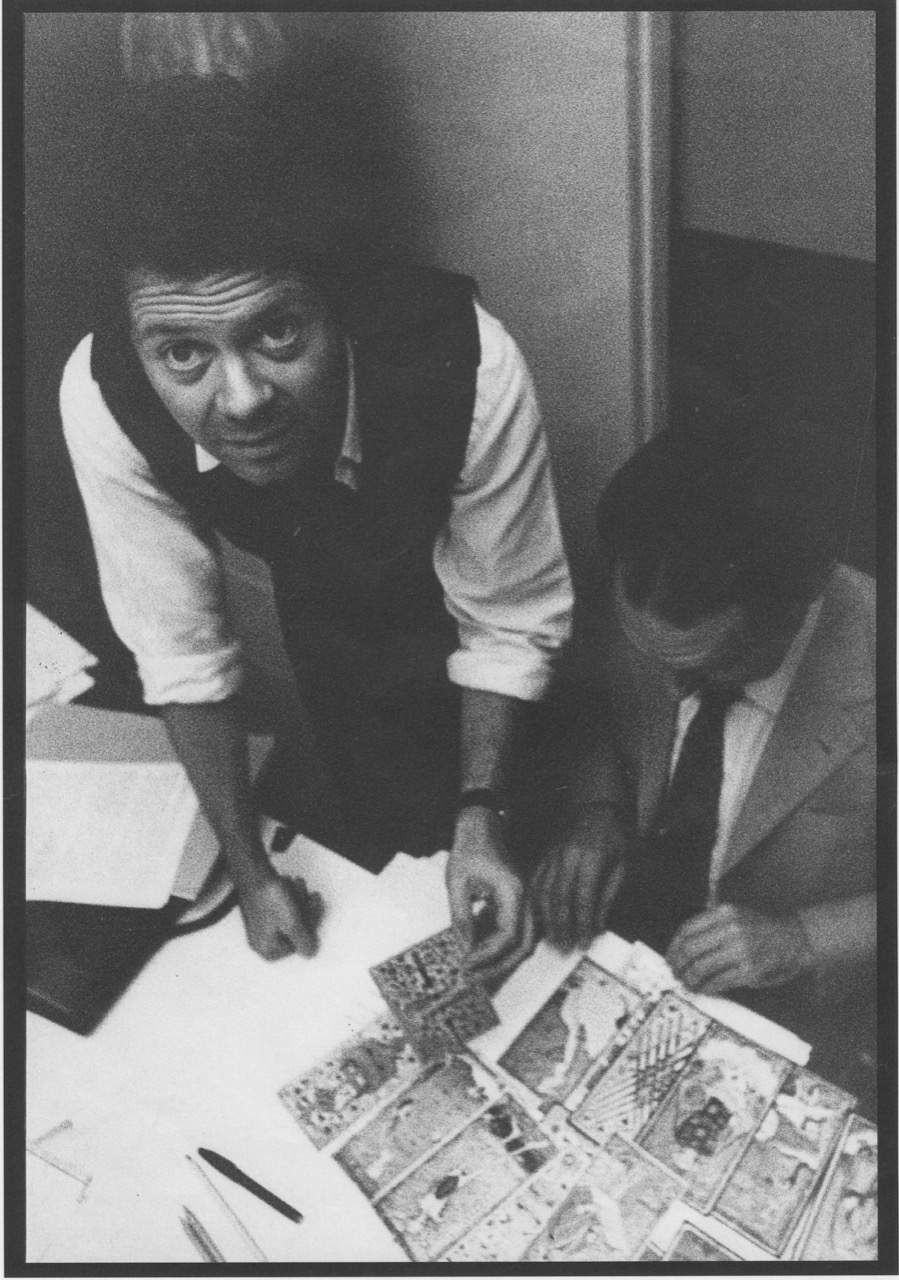
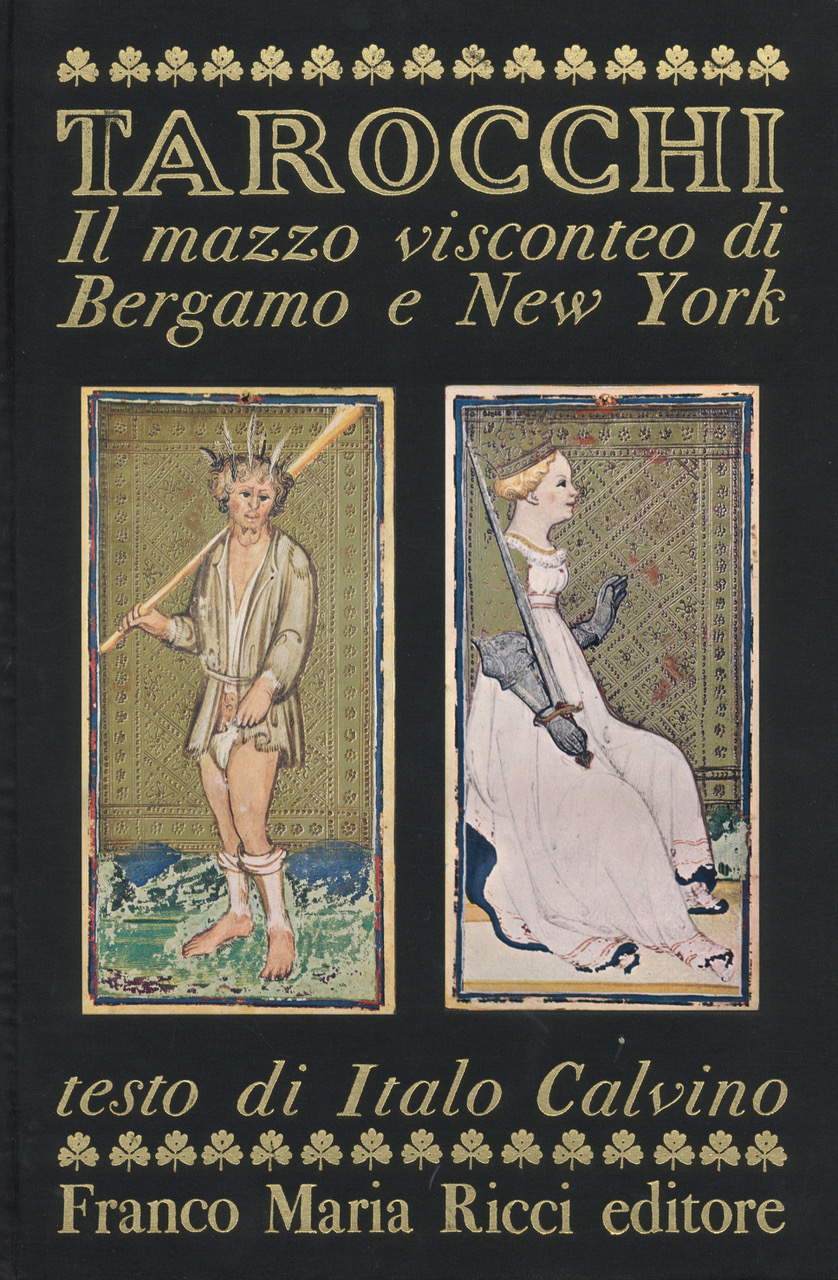
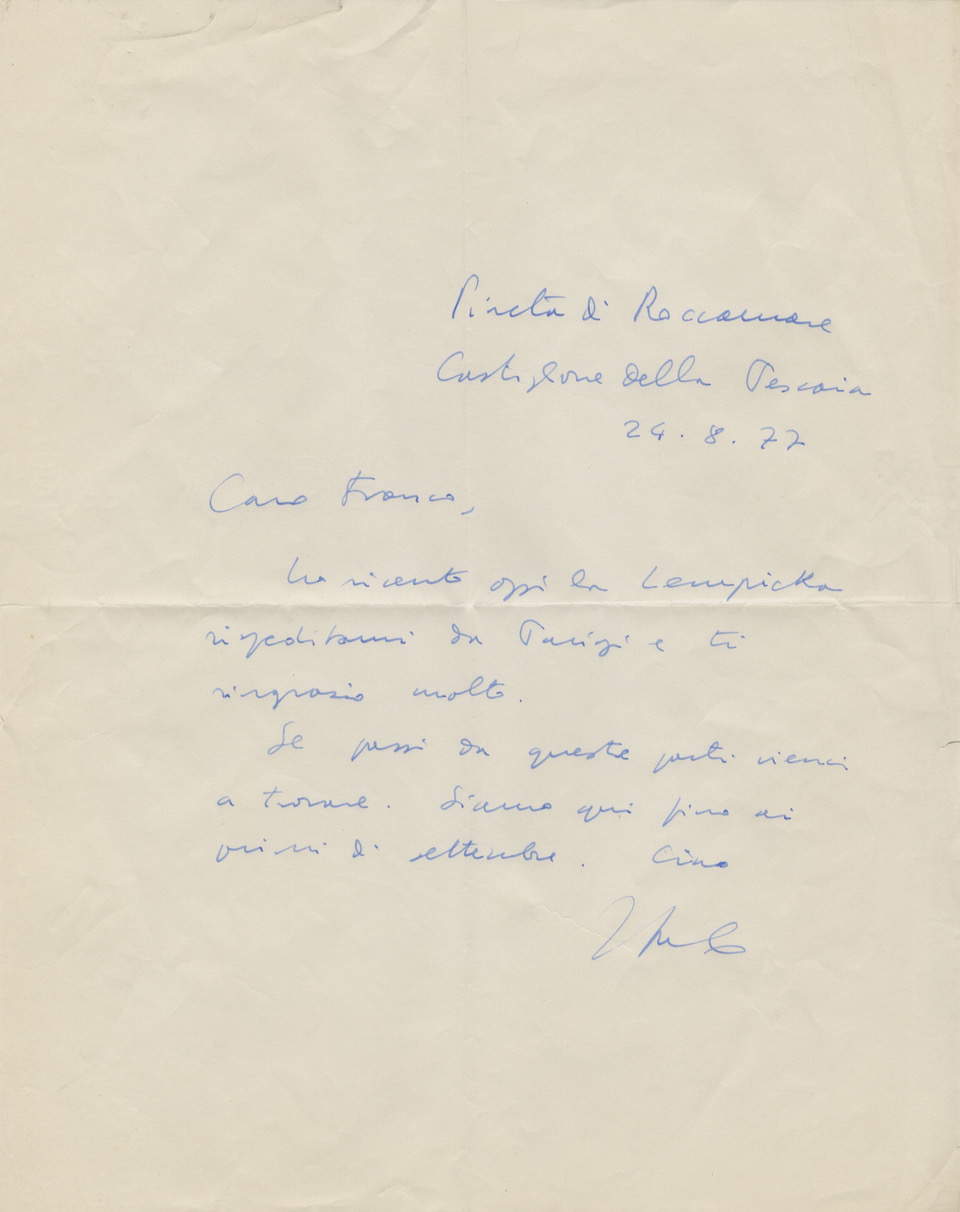
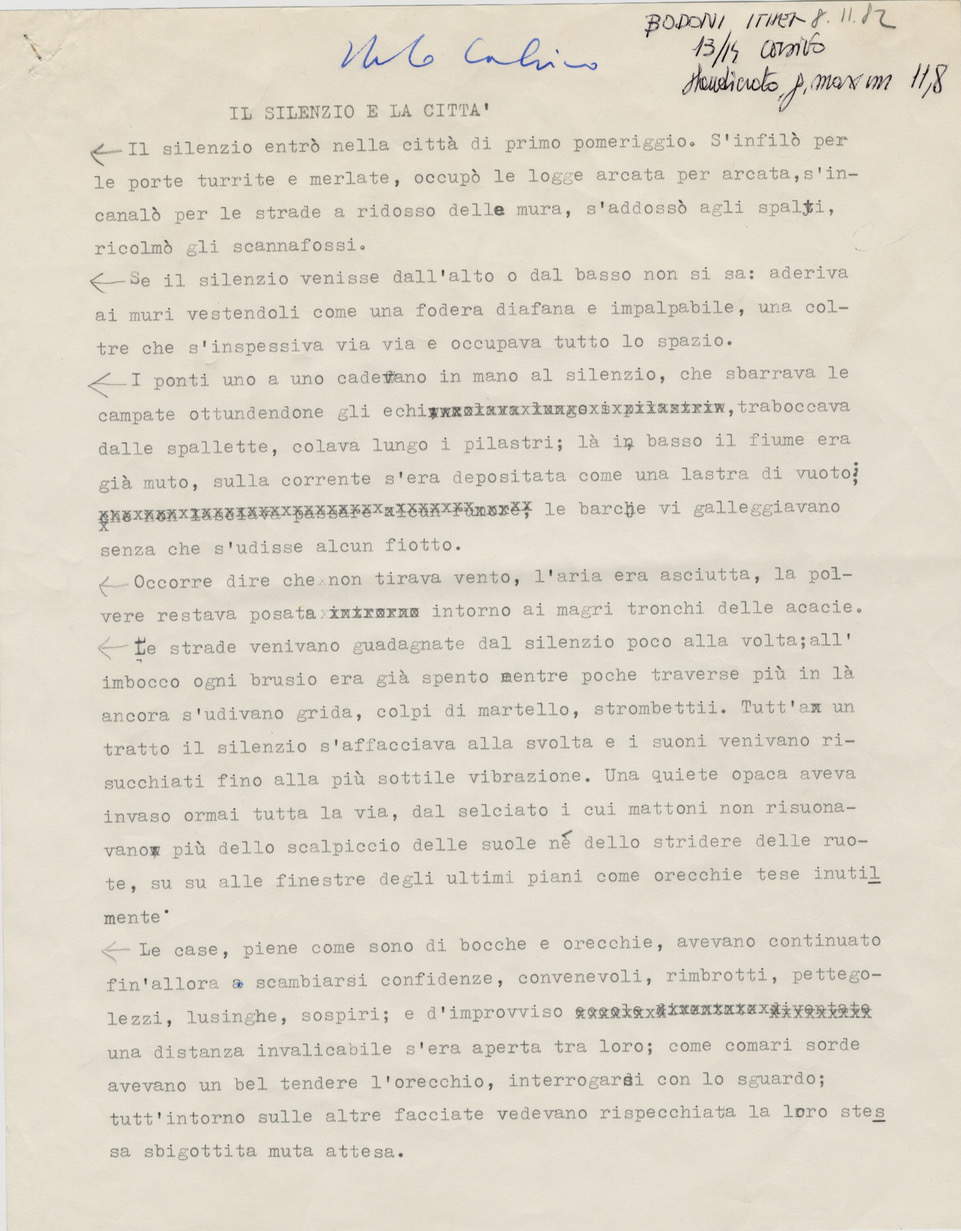
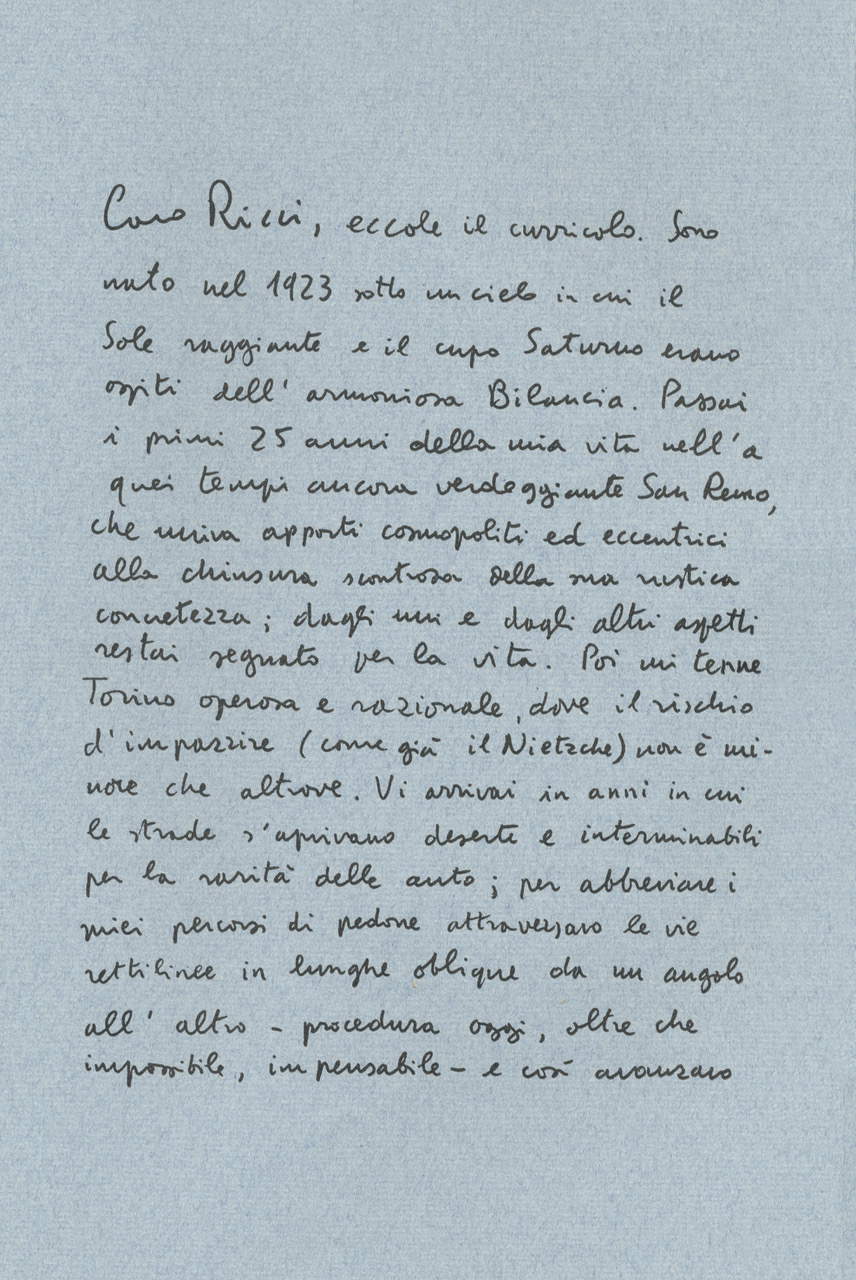
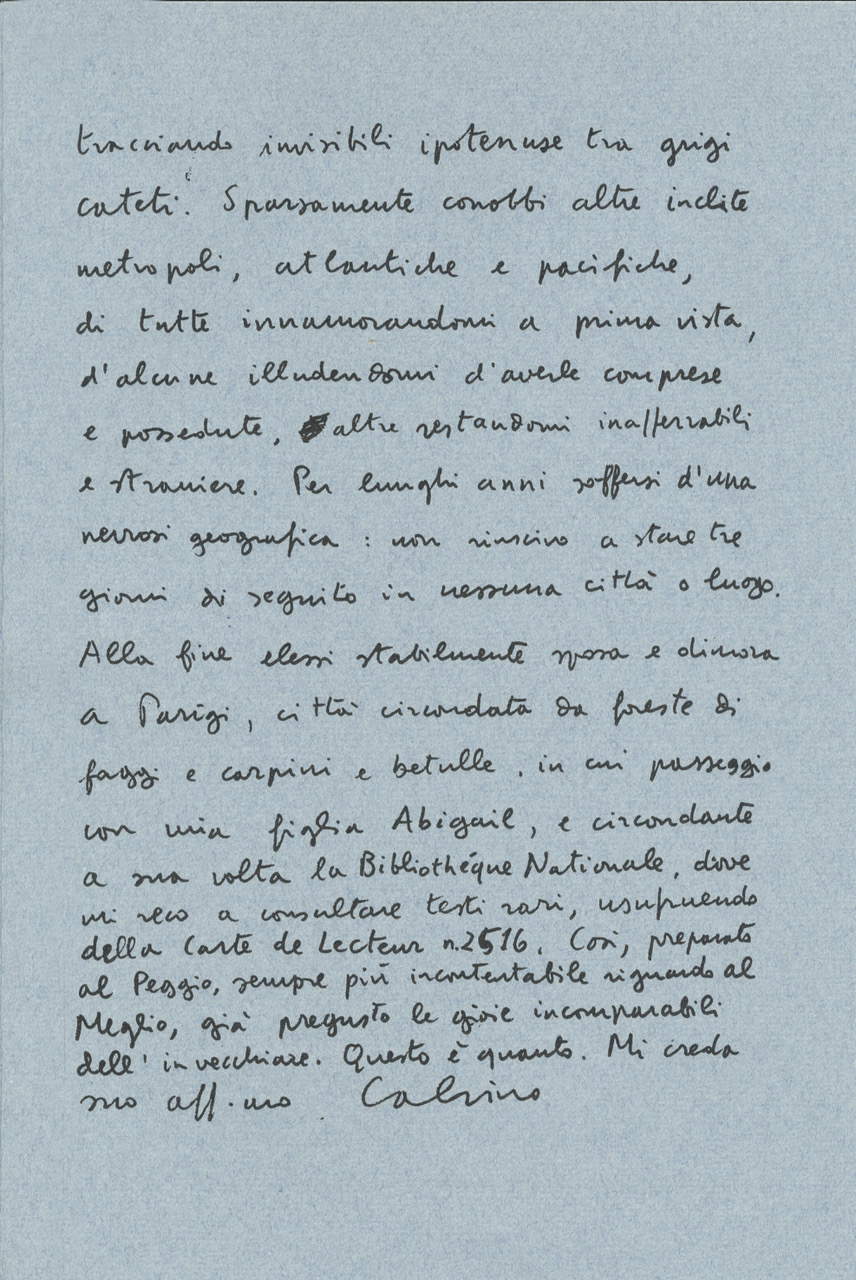
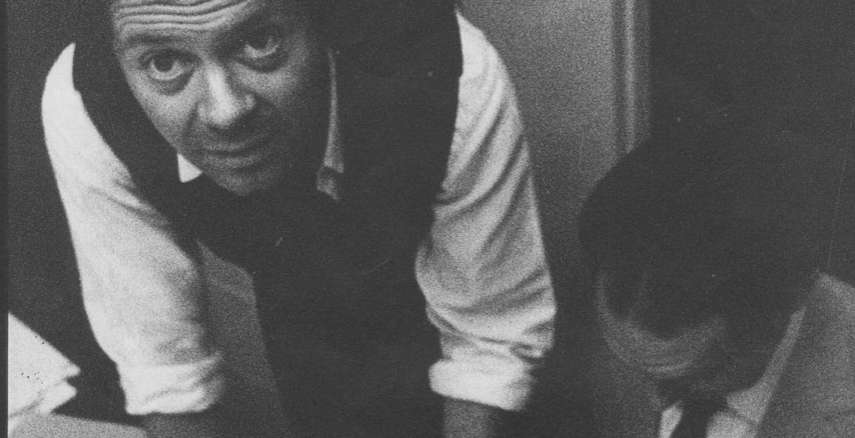 |
| The Writer and the Publisher. An exhibition on the relationship between Italo Calvino and Franco Maria Ricci |
Warning: the translation into English of the original Italian article was created using automatic tools. We undertake to review all articles, but we do not guarantee the total absence of inaccuracies in the translation due to the program. You can find the original by clicking on the ITA button. If you find any mistake,please contact us.